Author: Christine Skirbunt
250 Years 25 Decades
One Nation in Motion
Decade 6: 1826–1835
Two founding fathers died on the same day – July 4, 1826.
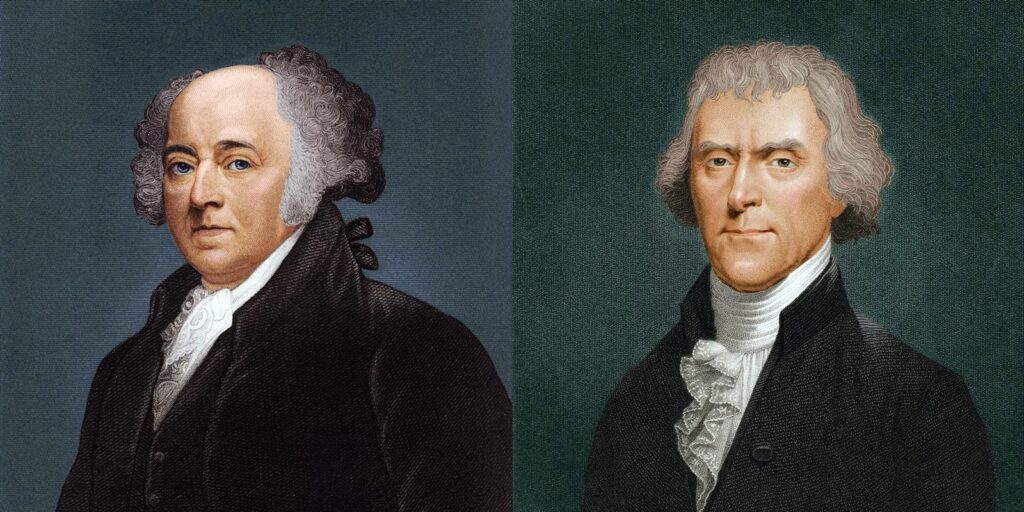
John Adams and Thomas Jefferson were once close allies: co-authors of independence, diplomats abroad, and revolutionaries at heart. But in the 1790s, they became fierce political rivals. Adams favored a strong federal government; Jefferson championed states’ rights. Their opposing visions and the bitter elections of 1796 and 1800 drove them apart, and they didn’t speak for over a decade.
In 1812, a mutual friend helped rekindle their friendship. Adams reached out with a letter, and Jefferson replied. What followed was 14 years of warm, thoughtful correspondence. They exchanged over 150 letters about liberty, government, aging, and the legacy of their shared revolution.
Fifty years to the day after the signing of the Declaration of Independence, John Adams and Thomas Jefferson – the second and third presidents – both died on July 4, 1826. Once political rivals turned close correspondents, their deaths on the 50th anniversary of the nation’s birth stunned the public. Adams’s last words were reportedly, “Jefferson still lives” – though Jefferson had died earlier that same day.
Their last chapter is often seen as one of the great reconciliations in American history.
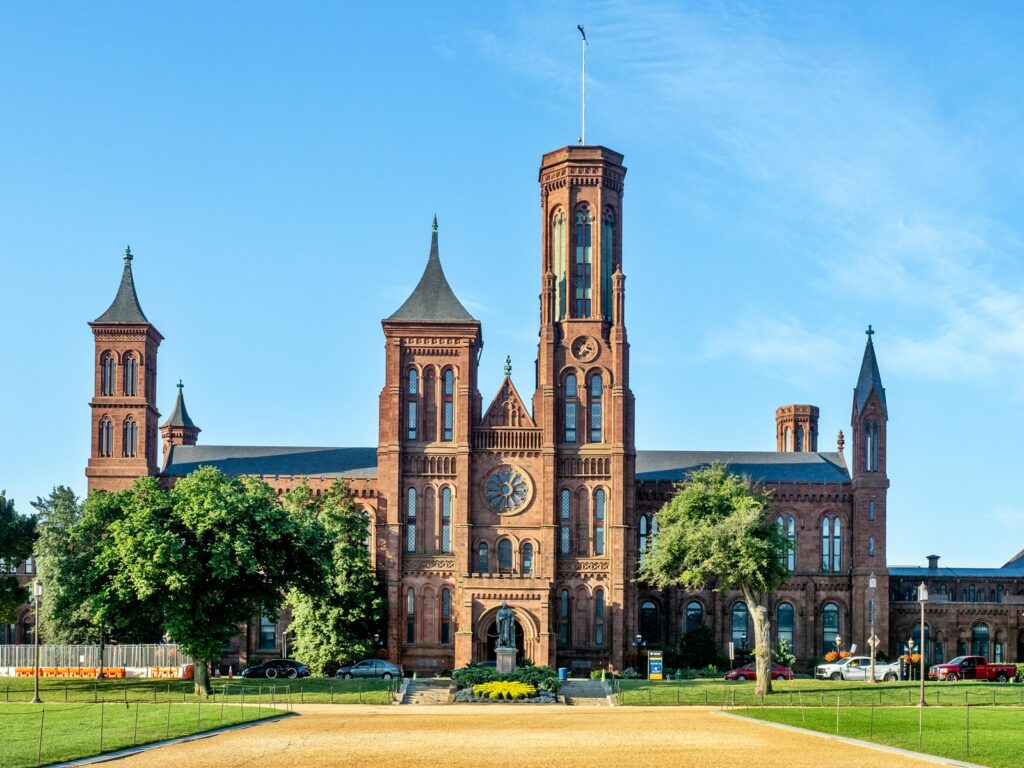
Factoid: The Smithsonian’s seed money came from a mystery British donor.
British scientist James Smithson, who had never visited the U.S., passed away in 1829 and left his fortune to his nephew – but on the condition that if his nephew died without children, the estate would then go to create an institution “for the increase and diffusion of knowledge” in America. When his nephew did indeed die without children, Smithson’s will set the stage for the creation of the Smithsonian Institution, which wouldn’t be founded until 1846.

Decade 7: 1836–1845
Texas declared independence – and the Alamo became legend.
In 1836, settlers in Mexican-controlled Texas rebelled and declared themselves the Republic of Texas, seeking independence much like the American colonies had 60 years earlier. One of the most iconic moments came at the Battle of the Alamo, where about 200 Texan defenders (including Davy Crockett and James Bowie), held off thousands of Mexican troops for 13 days before being overwhelmed. None of the Texans survived and their deaths galvanized so much support that just weeks later, Texan forces defeated the Mexican army at the Battle of San Jacinto, securing victory.
For nearly a decade, Texas existed as its own nation, complete with a president, currency, and flag. Though the U.S. hesitated to annex it – fearing war with Mexico and deepening the divide over slavery – Texas was admitted as the 28th state in 1845. The move would spark the Mexican-American War (1846-1848).
Tie-in: Pioneer women traveled west wearing wide-brimmed bonnets, sun dresses, and layered skirts adapted for the rugged frontier. “GTT” (Gone To Texas) became a shorthand farewell, scribbled on doors as families packed up for the promise of land and independence.

Factoid: “What hath God wrought?” – The telegraph was born.
In 1844, inventor Samuel Morse sent the first long-distance telegraph message from Washington, D.C. to Baltimore. The words, “What hath God wrought?” opened the door to the first instant communication, transforming how news, politics, and personal messages spread.
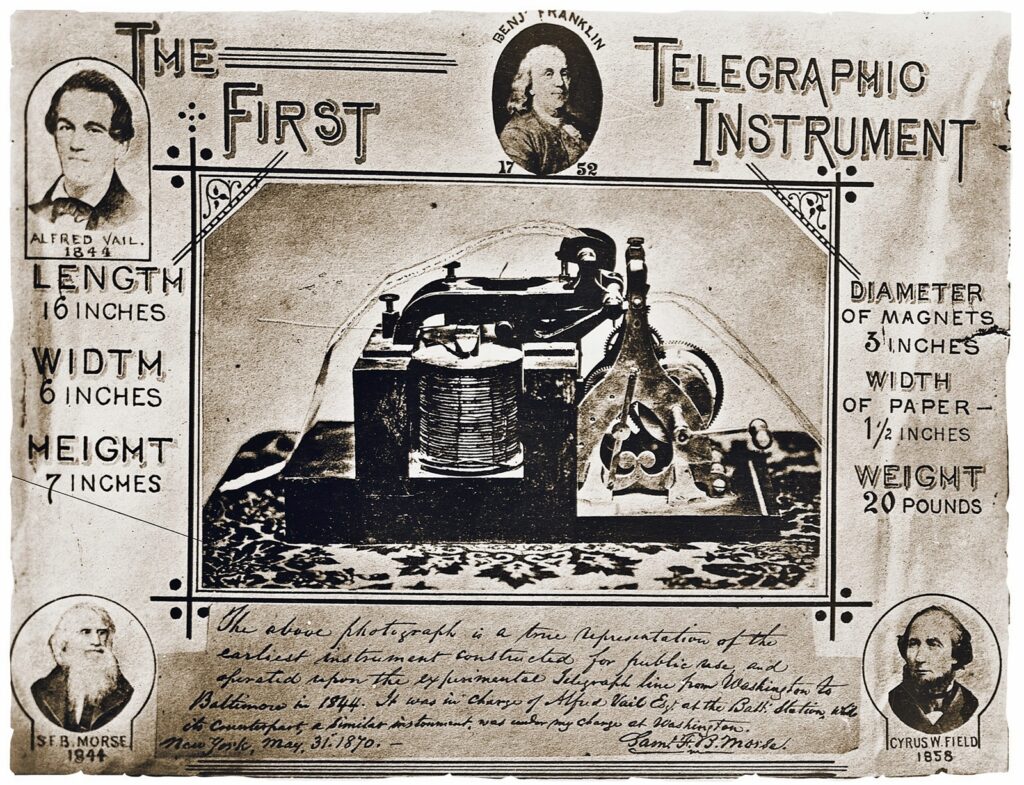
Decade 8: 1846–1855
The Gold Rush transformed California – and the country.
In 1848, gold was discovered at Sutter’s Mill in California, triggering the Gold Rush of 1849. Within a year, hundreds of thousands of people – nicknamed Forty-Niners – poured into the region from across the U.S. and around the world, hoping to strike it rich. San Francisco exploded from a sleepy village to a bustling port city almost overnight. Though few made fortunes, the Gold Rush accelerated the settlement of the West, fueled dreams of prosperity, and helped fast-track California’s statehood in 1850. But it also displaced Indigenous communities, deepened racial inequalities, and set the stage for future conflict over slavery in new territories.
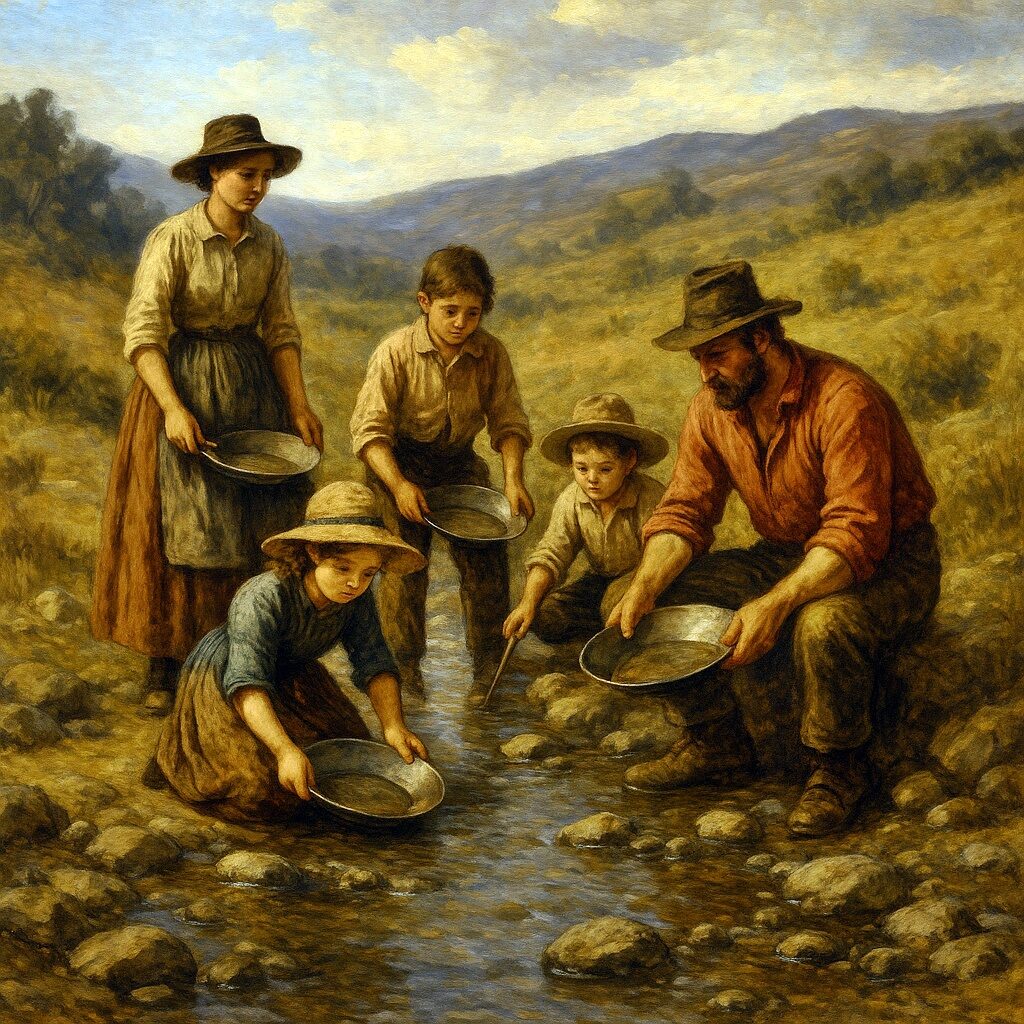
Tie-in: Gold Rush fashion was wildly pragmatic: wool shirts, tall boots, wide hats. But many women who came west set up boarding houses, laundries, and shops, often making far more money than the prospectors.
Factoid: The U.S. had its first women’s rights convention.
In 1848, while gold fever spread west, Elizabeth Cady Stanton and Lucretia Mott organized the Seneca Falls Convention in New York. There, women drafted the Declaration of Sentiments, demanding the right to vote and launching the American women’s suffrage movement.
Decade 9: 1856–1865
The Civil War tore the nation apart – but also redefined it.
Tensions over slavery, states’ rights, and expansion reached a breaking point in 1861, when 11 Southern states seceded to form the Confederacy. The result was the Civil War, America’s deadliest conflict. Over 600,000 lives were lost between 1861 and 1865, though modern estimates place that number closer to 750,000. The war led to transformational change. In 1863, President Abraham Lincoln issued the Emancipation Proclamation, declaring enslaved people in Confederate territory to be free. The Union’s victory in 1865 preserved the United States and marked a turning point toward the long fight for civil rights.
Tie-in: Women on both sides of the war served as nurses, spies, fundraisers, and organizers. Clara Barton, who treated wounded soldiers near the front lines, would go on to found the American Red Cross. Homefront sewing circles produced thousands of uniforms, bandages, and blankets.
Factoid: The first income tax was introduced to fund the war.
To help pay for the enormous costs of war, the U.S. government introduced its first income tax in 1861 – 3% on incomes over $800 (about $27,000 today). It was repealed after the war, but the idea stuck around until the modern income tax was permanently established in 1913 with the 16th Amendment.
Decade 10: 1866–1875
Reconstruction began – and the 14th and 15th Amendments changed everything.
After the Civil War ended in 1865, the nation entered a turbulent period called Reconstruction, aimed at reuniting the country and rebuilding the South. During this time, two of the most significant constitutional changes in U.S. history were passed: the 14th Amendment (1868), which granted citizenship and equal protection under the law to all people born or naturalized in the U.S., including formerly enslaved people; and the 15th Amendment (1870), which granted Black men the right to vote. These hard-won victories were met with backlash, especially in the South, but they laid the legal foundation for the civil rights battles of the 20th century.
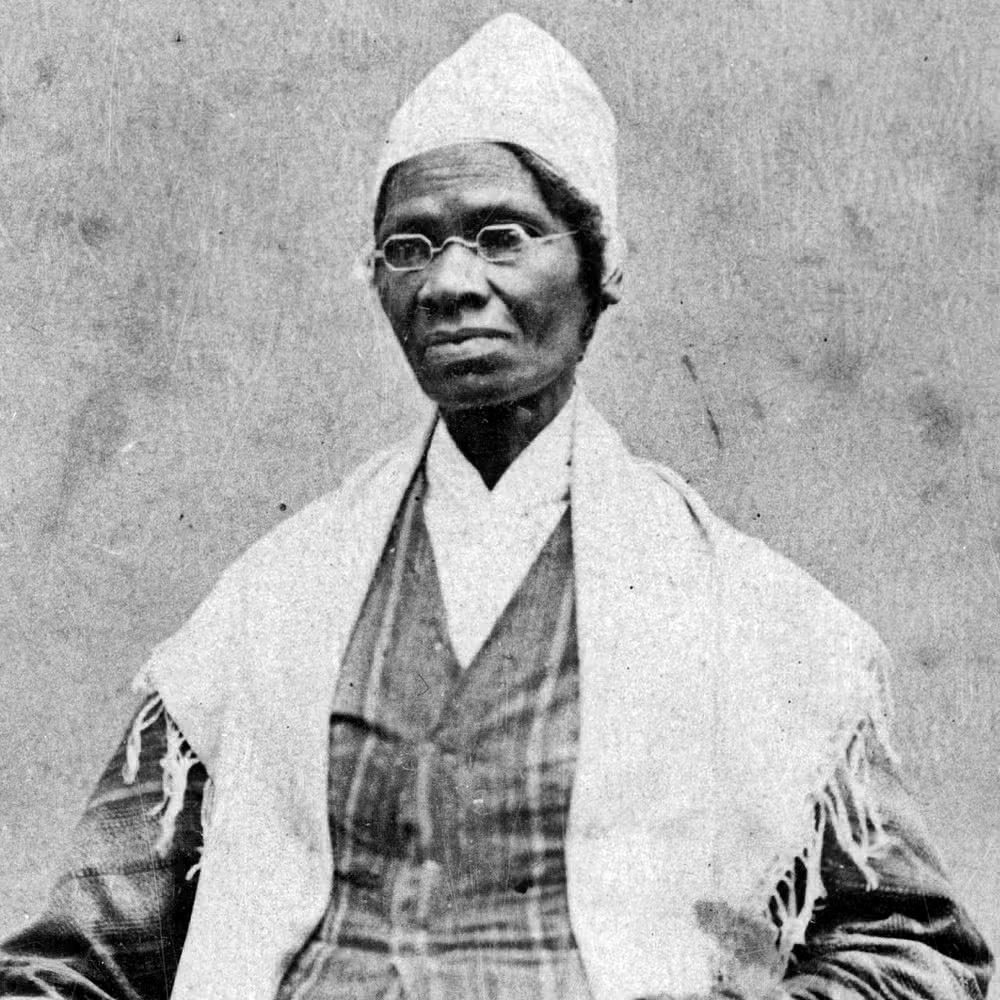
Tie-in: Though women weren’t included in the new voting rights, Black and white women organized politically, protested, and increasingly demanded their own place in the public sphere. Many saw Reconstruction as a doorway to push for broader equality.
Factoid: Susan B. Anthony and Sojourner Truth demanded to be heard.
In 1872, Susan B. Anthony voted illegally in a federal election and was arrested, bringing national attention to women’s suffrage. Around the same time, formerly enslaved activist Sojourner Truth traveled the country speaking on abolition, women’s rights, and Reconstruction.
Image Sources:
- John Adams and Thomas Jefferson: https://www.history.com/articles/jefferson-adams-founding-frenemies
- Original Smithsonian Museum: https://en.wikipedia.org/wiki/Smithsonian_Institution_Building
- The Alamo Today: https://www.thealamo.org/visit/whats-at-the-alamo
- Gone To Texas Farmhouse: ChatGPT
- First Telegraph Machine: https://www.historynet.com/morses-partner-argued-he-invented-famous-code-to-no-a-vail/the-first-telegraph/
- Family Panning for Gold: ChatGPT
- Sojourner Truth: https://www.biography.com/activists/sojourner-truth

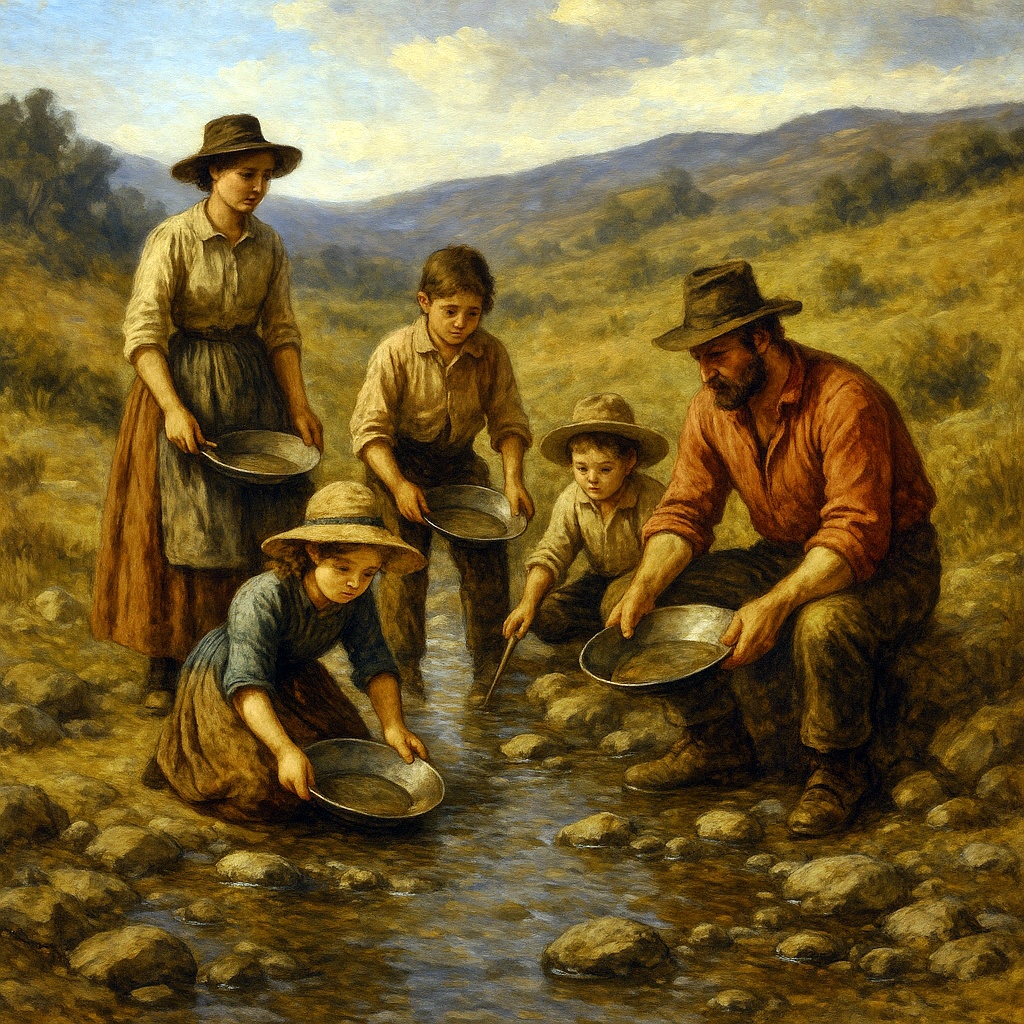
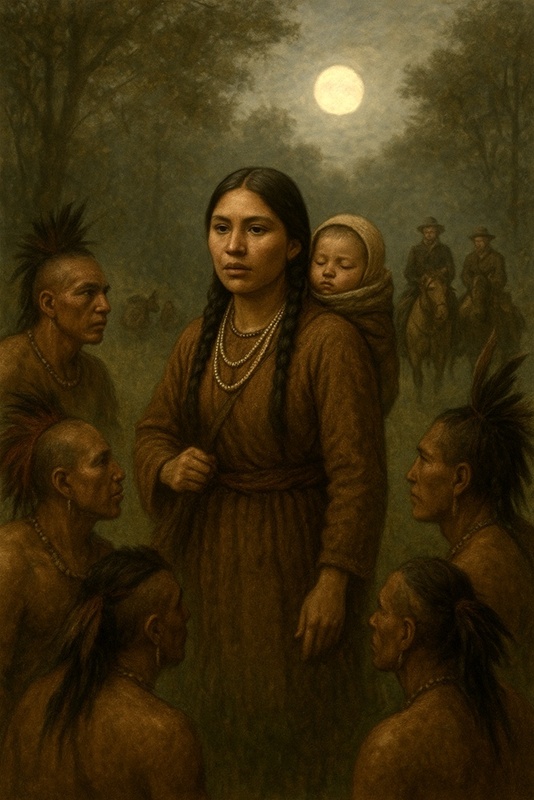
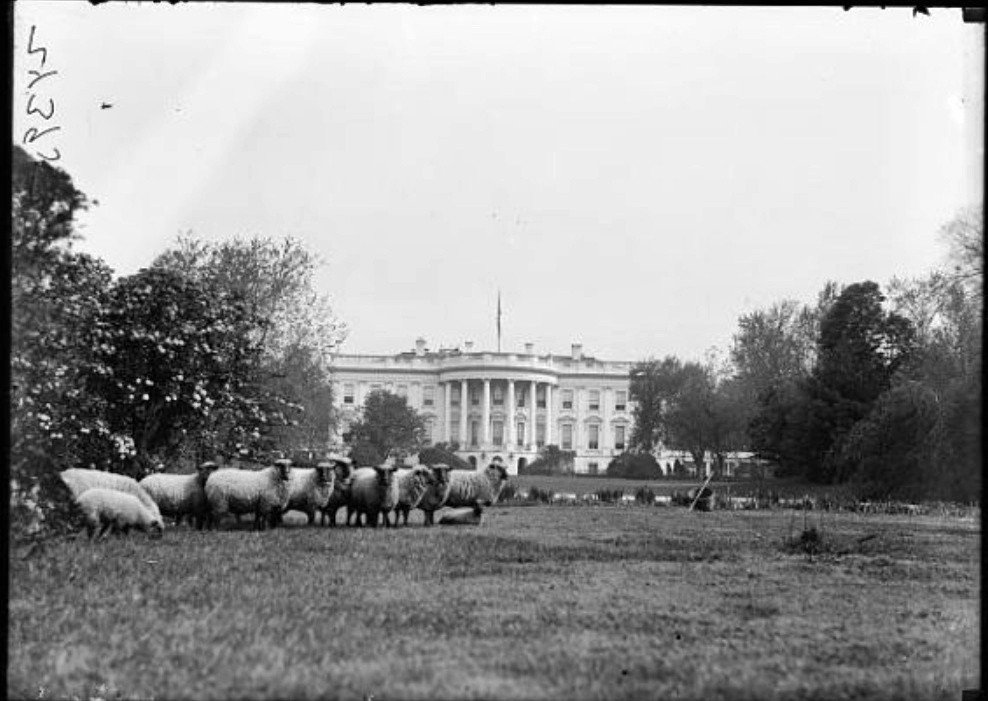
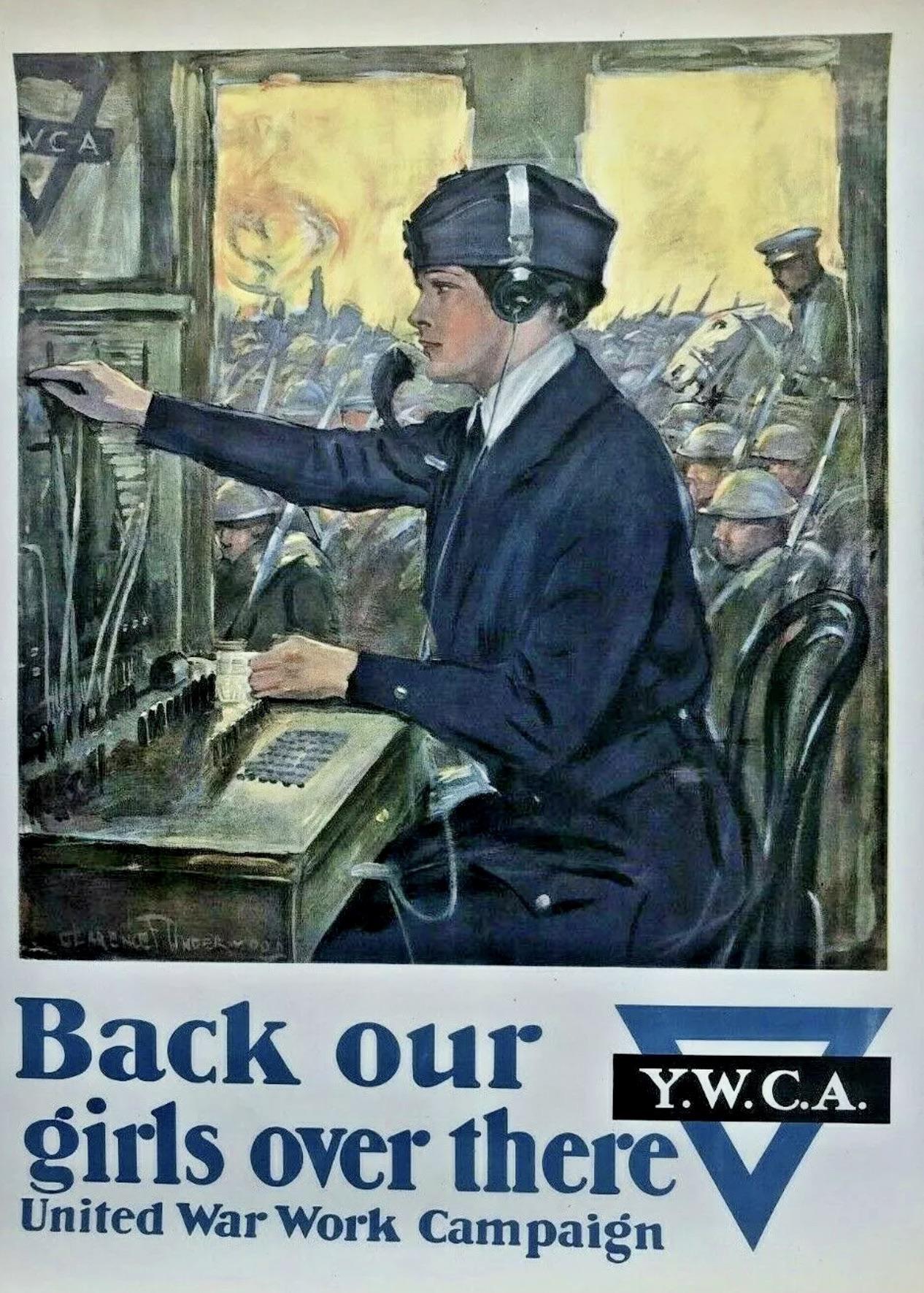
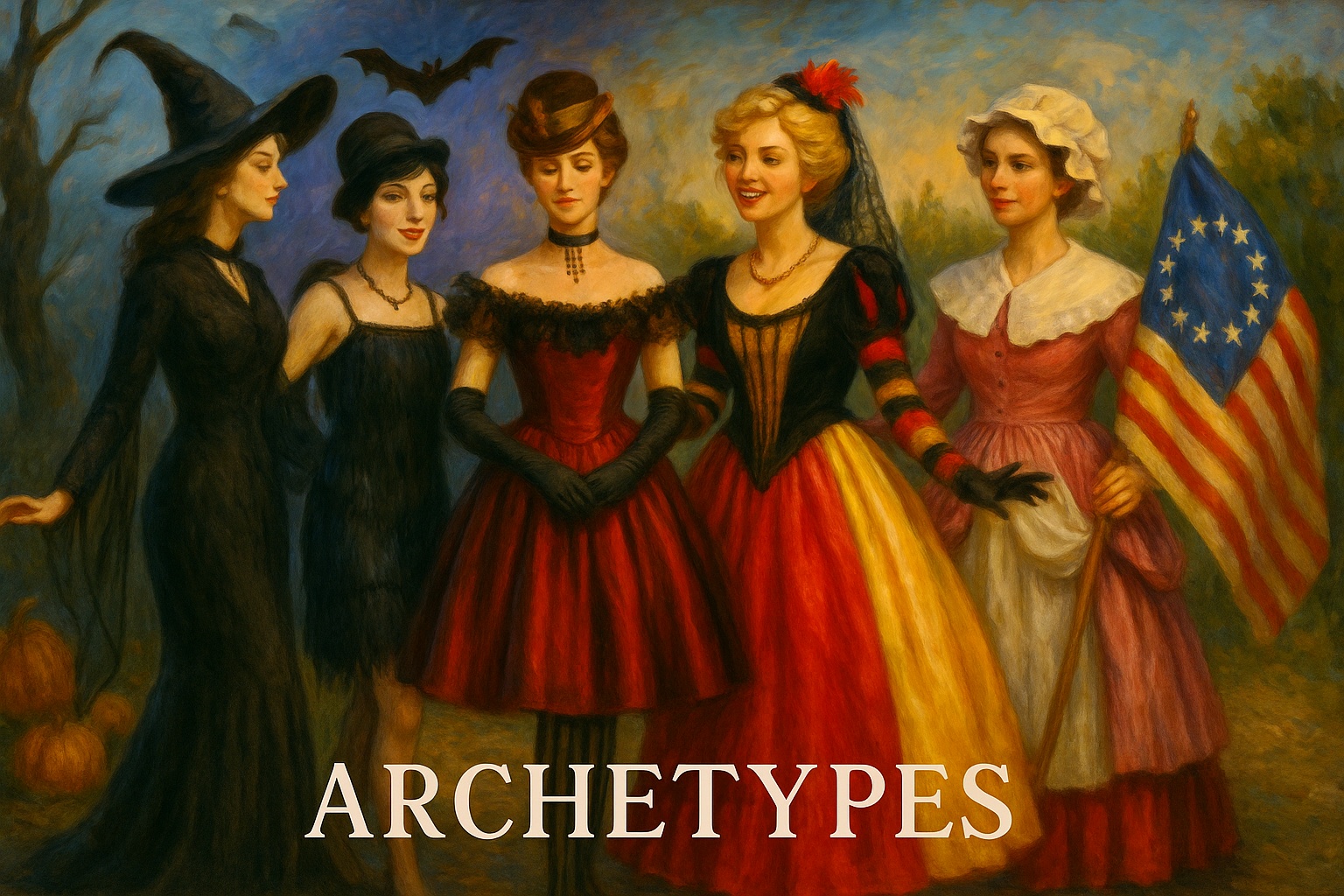


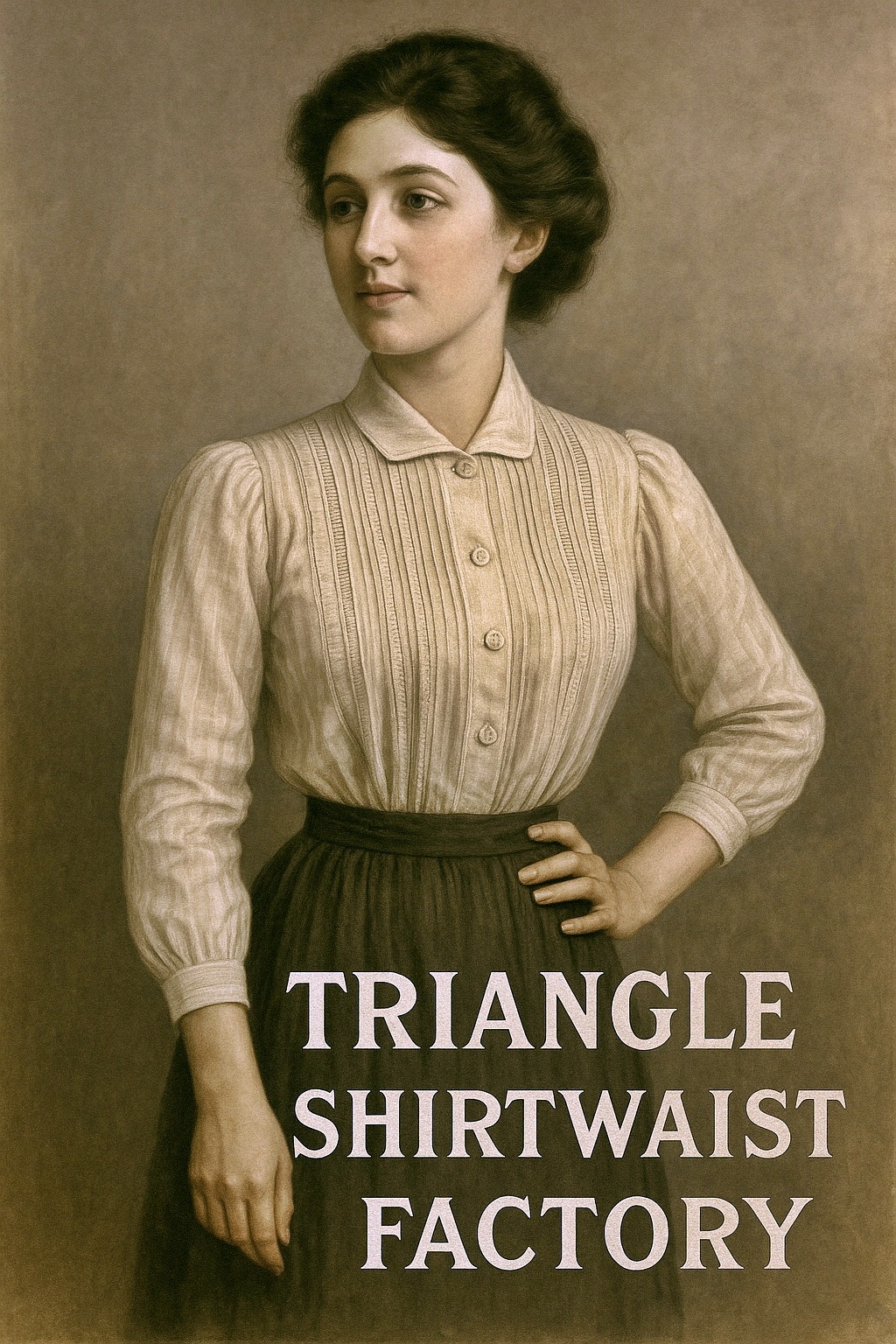
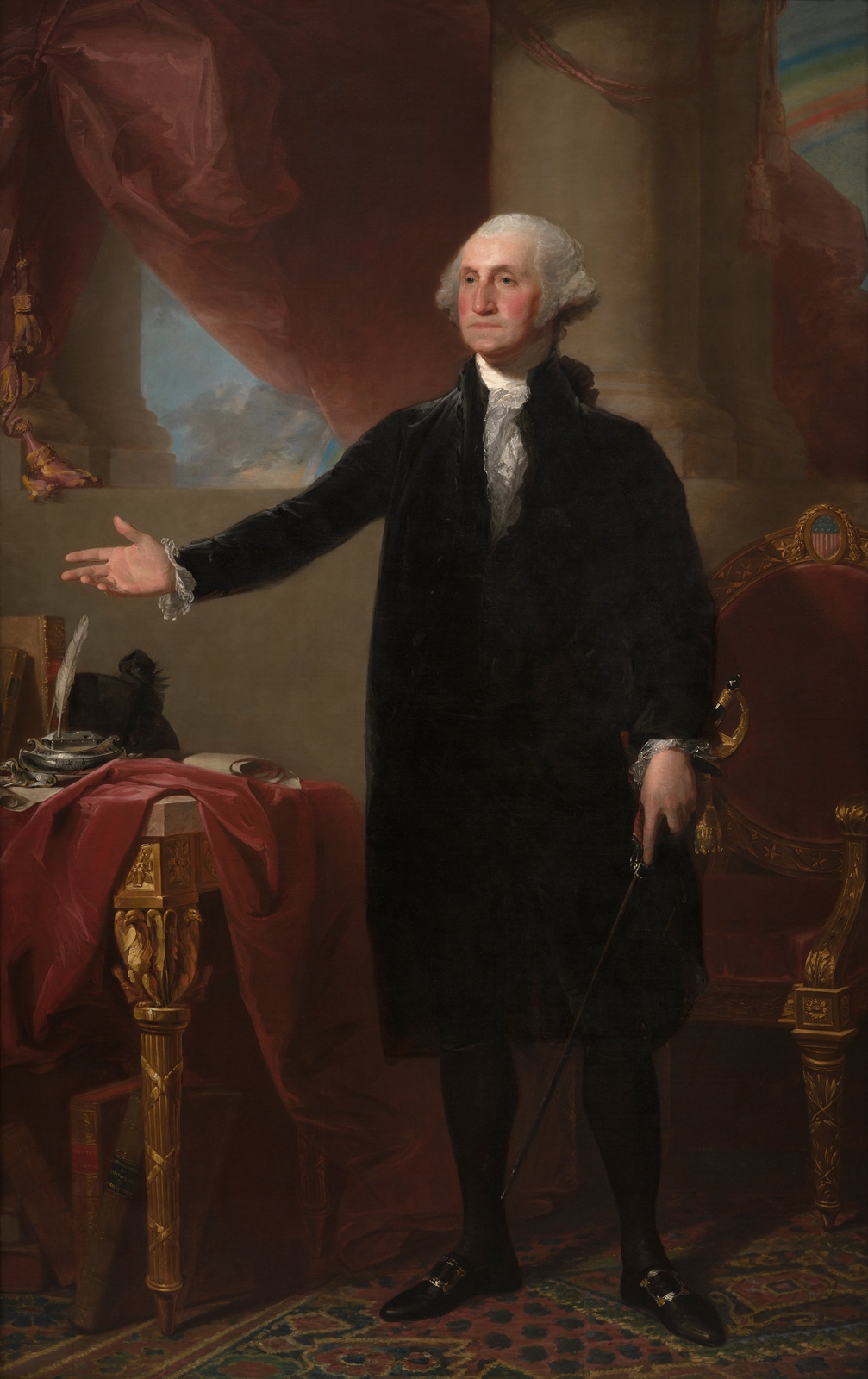
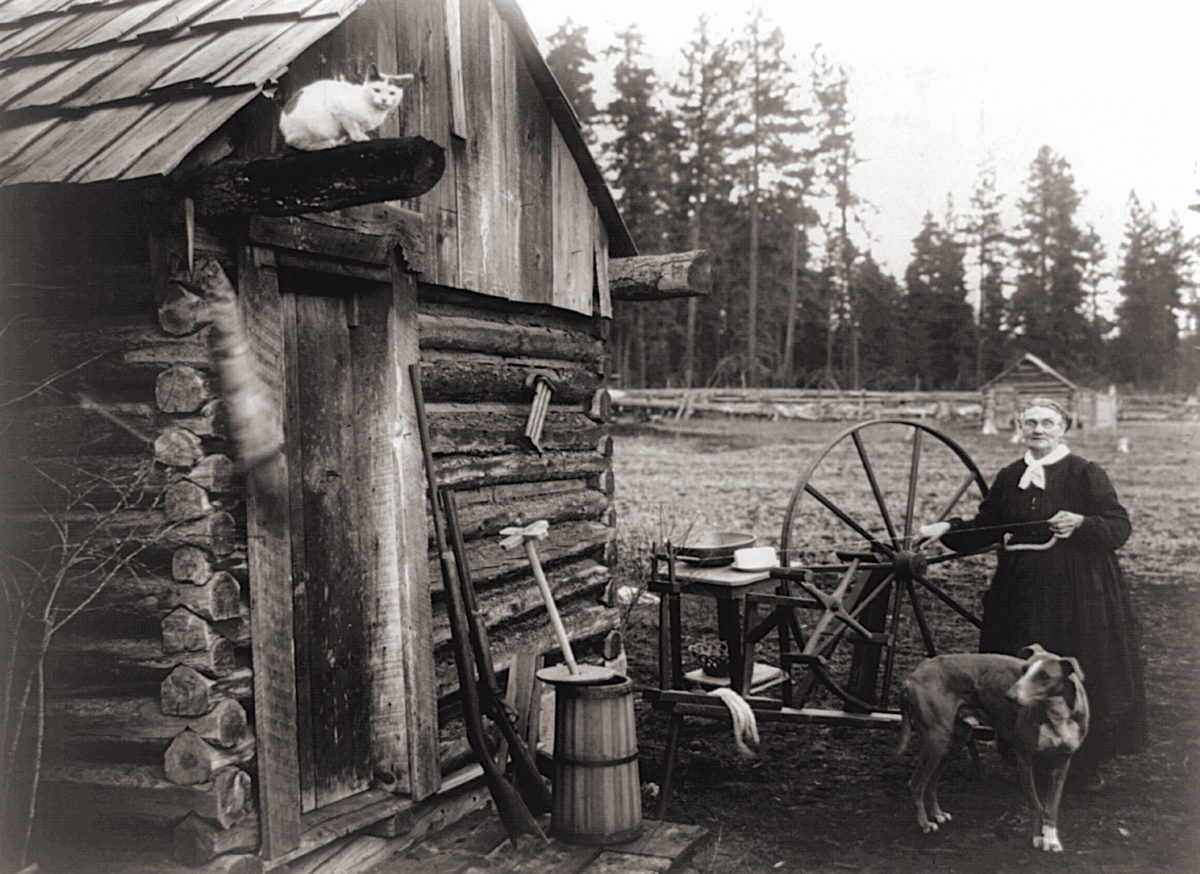

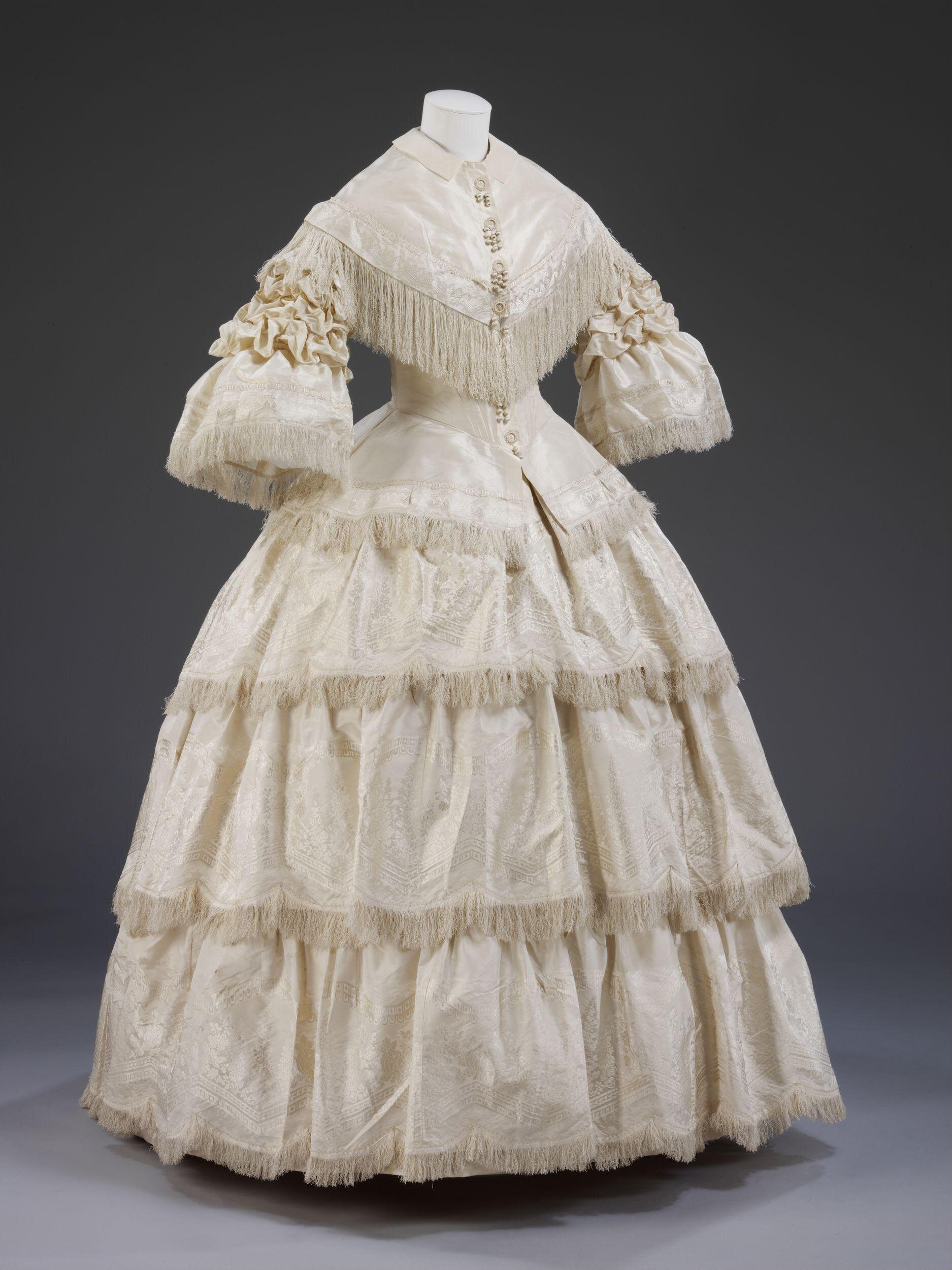
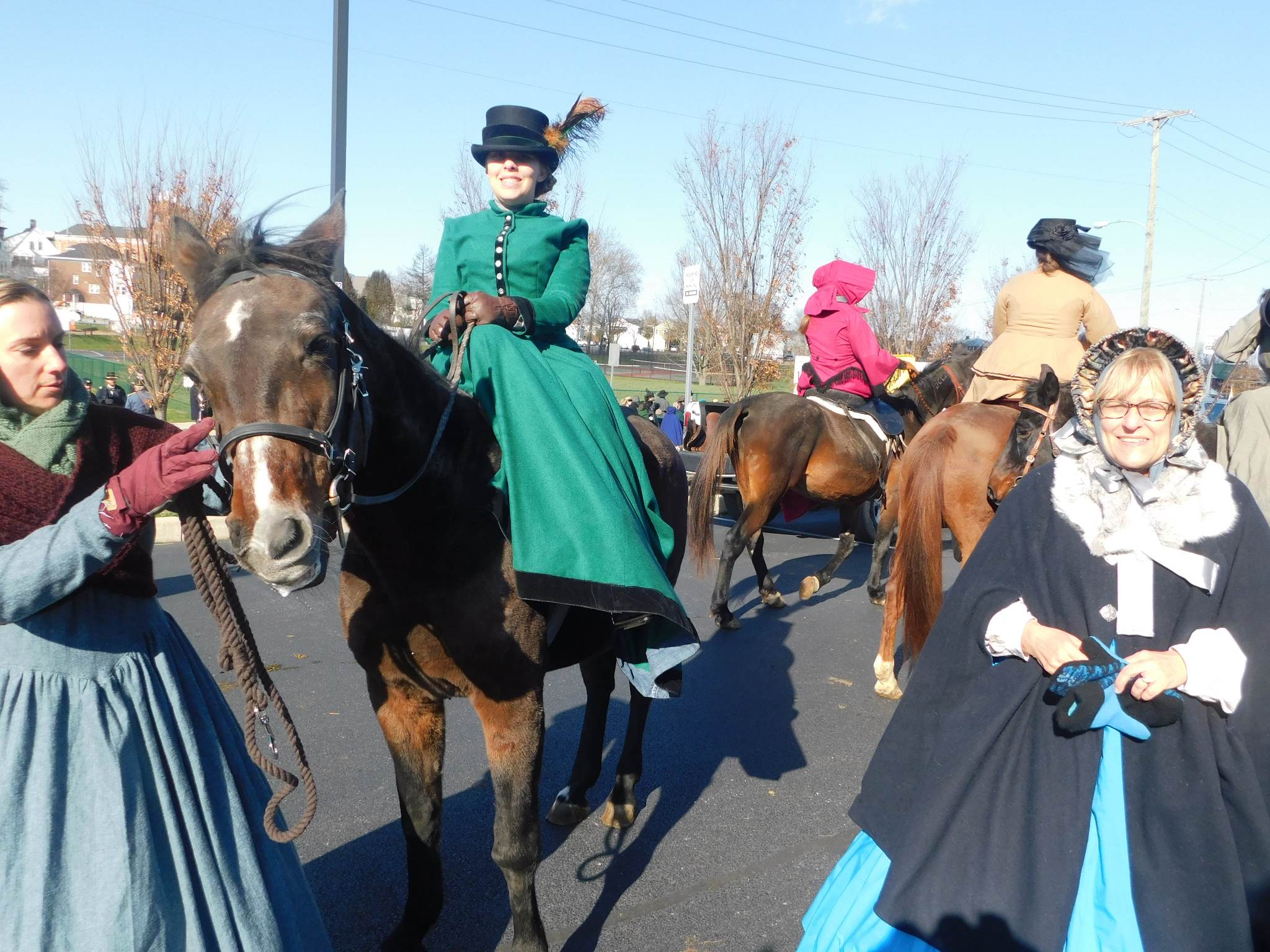
Leave A Comment